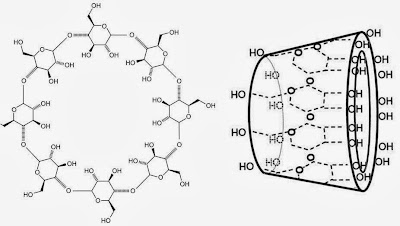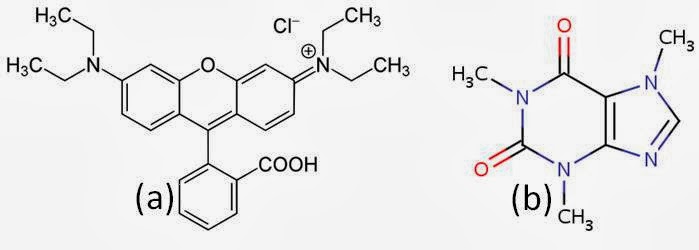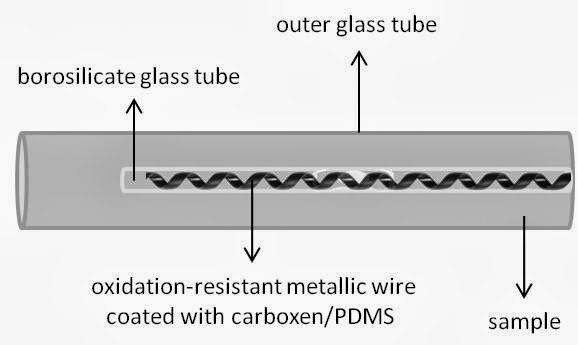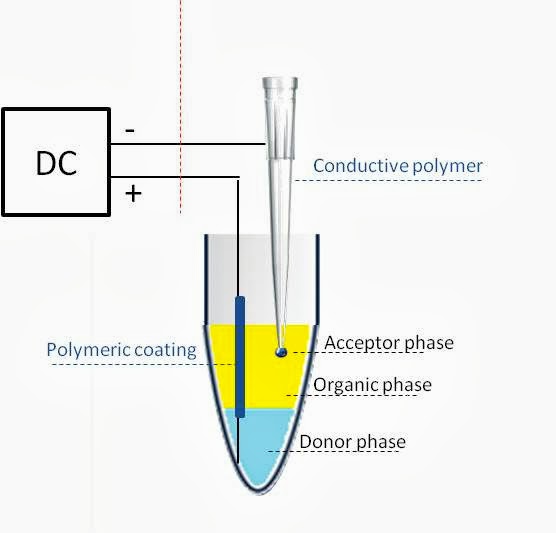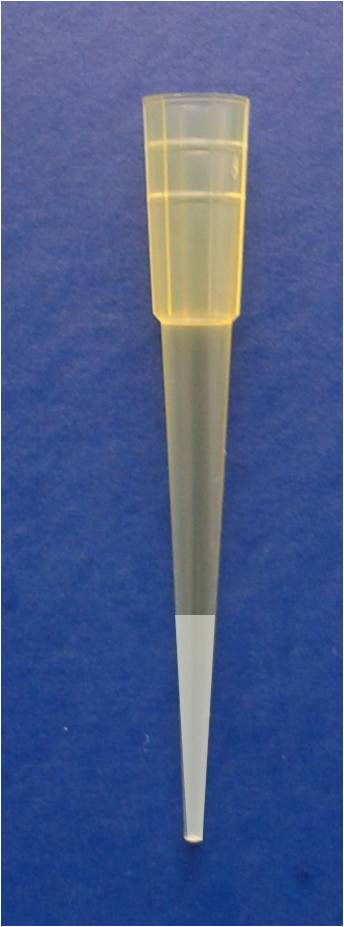Analytical Chemistry Conferences during 2014
We list here some Analytical Chemistry conferences that will take place throughout the year. Pittsburgh Conference on Analytical Chemistry and Applied Spectroscopy. Pittcon 2014. Summary from the official webpage: Pittcon’s target audience is not just “analytical chemists”, but all laboratory scientists – anyone who identifies, quantifies, analyzes or tests the chemical or biological properties of compounds or molecules, or who manages these laboratory scientists. Having grown beyond its roots in analytical chemistry and spectroscopy, Pittcon has evolved into a conference & expo that now also serves a diverse constituency encompassing life sciences, pharmaceutical discovery and QA, food safety, environmental and bioterrorism markets. Dates: 2 March 2014 -- 7 March 2014. Location: Chicago, IL, United Sates http://pittcon.org/ ExTech2014. 16 th International Symposium on Advances in Extraction Technologies. Summary from the official webpage : The ExTech sy
